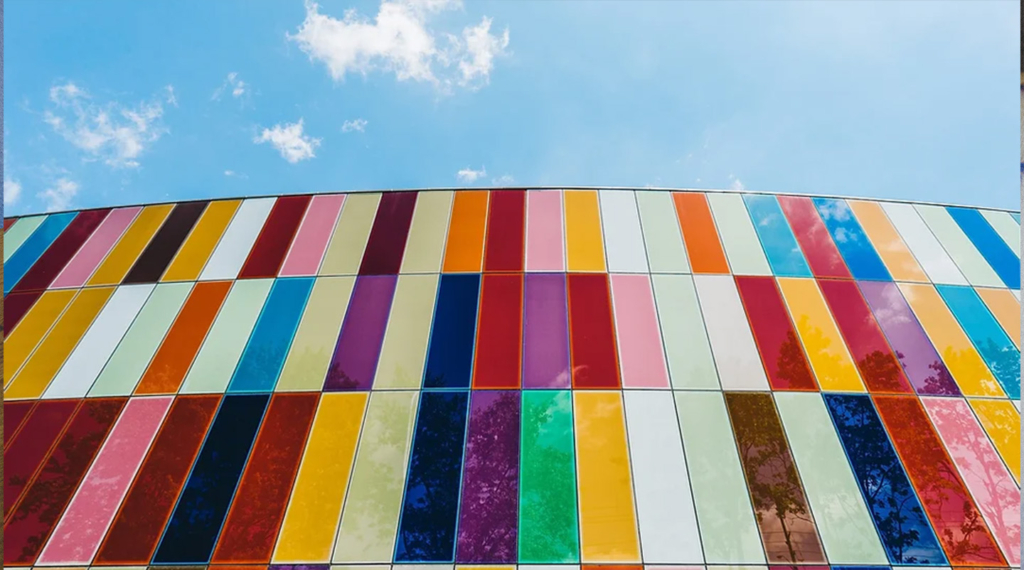A New Breed of Capital Providers Needed: What the First Two Years of Pluralis Taught Us

Patrice Schneider, the Chief Strategy Officer of the Media Development Investment Fund (MDIF), shares the lessons learned in the first two years of Pluralis, an impact investment vehicle for news companies led by MDIF. He also discusses how the investment has changed media organisations and offers advice to other funders.
In its first two years, Pluralis invested in Gremi Media, which publishes Rzeczpospolita in Poland, the publishing house Petit Press, publisher of SME in Slovakia, and the Croatian news platform Telegram. Do the three countries share any common challenges despite their different media landscapes?
Schneider: The media landscape in all these countries is indeed quite different. The similarity goes back to the challenge that Pluralis tries to address, which is media plurality. The one thing that unifies these three countries is that independent media companies are being purchased by actors that do not necessarily have an intention of providing more independent media, but rather controlling the narrative.
This is why Pluralis was created: for addressing this challenge. But we knew from the beginning that it is never a one size fits all approach, you cannot just do one transaction with Petit Press and SME and replicate it for Rzeczpospolita or for Telegram in Croatia. After doing this [work] for 28 years at MDIF, we knew there would be different things, but I think what really assembles these three markets is the problem of media plurality.
How do you cope with this challenge?
Schneider: In the world we now live in, it has become an opportunity for ill-intentioned people to buy media companies and turn the narrative in favor of their own interests or a political agenda that satisfies the new investors. So, the challenges were generally the same: finding an independent organization, assessing their capital and development needs, adjusting the capital to match their development plan, and so on.
So the modus operandi is pretty much the same as it was for MDIF for 28 years. The only difference was that we were taking positions in these companies to be able to maintain media plurality, but we were also making sure that there would be no interference.
How do we cope with this? We have the ethics to say that we do not intervene. I mean we do play a role in terms of the development of the company because we do not just do it for press freedom. The company has to survive. And that means that we have to get involved in the business development, helping them where we can. And that is very different whether you are Rzeczpospolita, SME or Telegram. They have totally different needs.
The investment in Croatia is a relatively new one, but the other two took place two years ago. How did your investments change those two organizations?
Schneider: In the case of SME, they had a majority ownership from an investment group called Penta Holding, which was involved in too many things in Slovakia, and they were starting to intervene in content, which is for us a red line. If you are an investor, you do not do this.
The moment when Pluralis bought the shares of Penta Holding, that pressure stopped immediately. I regularly see [chief editor] Beata Balogova from SME being quoted as saying that every three months she is asked about the stories she is proud of. Before that she was being asked about why they covered this story, or why they did not cover that one, and their editorial choices [were] challenged. Now she is only asked about which stories she is proud of. We talk with the business people. Business-wise, Petit Presse is a very sophisticated organization, a profitable organization. It is extraordinarily well run.
Rzeczpospolita, the number one conservative business newspaper in Poland, was going to be potentially purchased by Orlen, the state-owned oil company. That was dangerous in itself. But we also saw that even if they had made progress, they had work to be done on digital subscriptions. If you are a business newspaper in a country the size of Poland, […] they should have been the country’s leader in terms of digital subscription for the information they provide.
At Pluralis we put the capital in to preserve media plurality, but then we bring experts to help them [the organizations we invest in]. So Pluralis has been supplying massive training to Rzeczpospolita. Not on press freedom, not on editorial issues, but on how to increase digital subscriptions. And the first numbers are looking really good. Instead of sending a journalist from Western Europe to talk about press freedom, we sent [them] people from some reputable companies in Europe who have been leaders in digital subscriptions for 15 years, who know exactly how to do it, which means that, in effect, the business manager who has been doing this becomes the press freedom hero. Increasing digital subscriptions makes them more profitable. If they are more profitable, they will have more impact.
The second thing is that Pluralis managed, I think, to maintain pluralist views. Our role is to make sure that people hear different voices and then they can make their decisions.
If there was one lesson that could be considered the most important one learned from investing in these three countries and these three organizations, what would that be?
Schneider: I think that the main lesson is that Pluralis’ hypotheses work, meaning that there is a need for a new type of capital provider for independent media. Linked to that lesson is the fact that there is appetite for a new type of capital provider. And that is critical because you are asking me about the lesson [learned] from investing [in these organizations]. So, it is not solely about investing in them, but it has taught us that there is a need for a new type of capital provider that aligns with the social value of independent media. There is an appetite for patient capital to fulfill this role of capital provider.
What do you consider Pluralis’ biggest success in its first two years?
Schneider: I think what I mentioned is also our biggest success: finding patient capital that believes in the value of independent media. By now we have raised €50 million. A lot of people thought we would not raise [the targeted] €100 million, but now we are halfway ahead of time. I think there is capital and there are places to invest, and then there is an impact on society. What do you want more?
I mean, really, that is for us the biggest success. But I think I would just tone this down by saying that the real heroes here are not MDIF, it is not Pluralis, it is not even the business people in these companies. It is really the journalists who are doing that work. And all we do is to enable them to do it in the right conditions.
Knowing what you know today, is there anything that you would do differently related to the Pluralis’ investments?
Schneider: On the investment side, not really. The only thing that we would have done differently is the pipeline, to better understand that we are not an investment fund, we are a solution. An investment fund works in a way where you have money coming in and then you ensure that you have money going out. This also means that you raise capital and then already know where you are going to invest it, and it has to be driven by the investors. In the case of Pluralis, we have capital, but we are not going to invest that money anywhere. It has to be under the right conditions of media capture, a media plurality situation. They have to be profitable and so forth.
So the one thing we could have done differently is to go out there much quicker, saying that we exist, and we are here to bring you the right capital for your needs. Hungary is a beautiful example. I wish we had done this there earlier.
Based on the experience gained in the past two years, is there any advice that you would like to share with funders who consider funding media in the region?
Schneider: Pluralis has now raised €50 million [available] for independent media and media plurality. There are many types of funders in that €50 million, but there are some, like foundations, that provided a grant in the capital structure, €5 million out of the €50 [million], and they do not expect the money back. It helps you de-risk the other €45 million, but I think the problem that Pluralis and other organizations are trying to solve is that we need to reach out to other sectors, like banks. We have the Erste Stiftung and GLS Bank, but we also need to reach out to high net worth individuals, people who have never invested in independent media. They don’t know about independent media, but you have to approach them with a product which looks risk-adjusted, and safe.
I would tell the funders: consider the word “leverage”. It is not a bad word in the financial world. I think we need to bring it to the impact investment world. Five million [euros] in grants allows you to get €45 million more for the ecosystem of independent media in emerging democracies. We need grants in many places, but also a different way of using capital, which could be either an investment, or a grant [used] simply to de-risk. I think that one, grants aimed to de-risk, is a big call for action because we are going to need more money.
